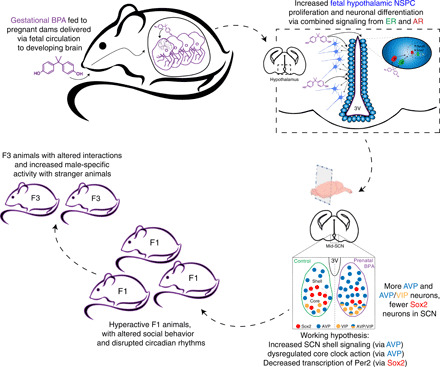Fig. 6. Working model of BPA effects on the developing SCN.

We propose that maternally ingested BPA crosses the placental to enter the developing fetal bloodstream. The hypothalamus is particularly BPA sensitive, and hypothalamic NSPCs respond to BPA with increased proliferation and neuron-specific differentiation via a combined ER- and AR-dependent mechanism. In the SCN, this results in increased overall AVP+, AVP+/VIP+ core, and fewer Sox2+ core neurons. This likely results in a variety of disruptions to the SCN molecular clock, including clock gene expression, as well as altered AVP-dependent shell signaling to other brain regions. Combined, these developmental changes might disrupt circadian activity and result in the other behavioral phenotypes displayed by BPA mice including hyperactivity and altered social interactions.
